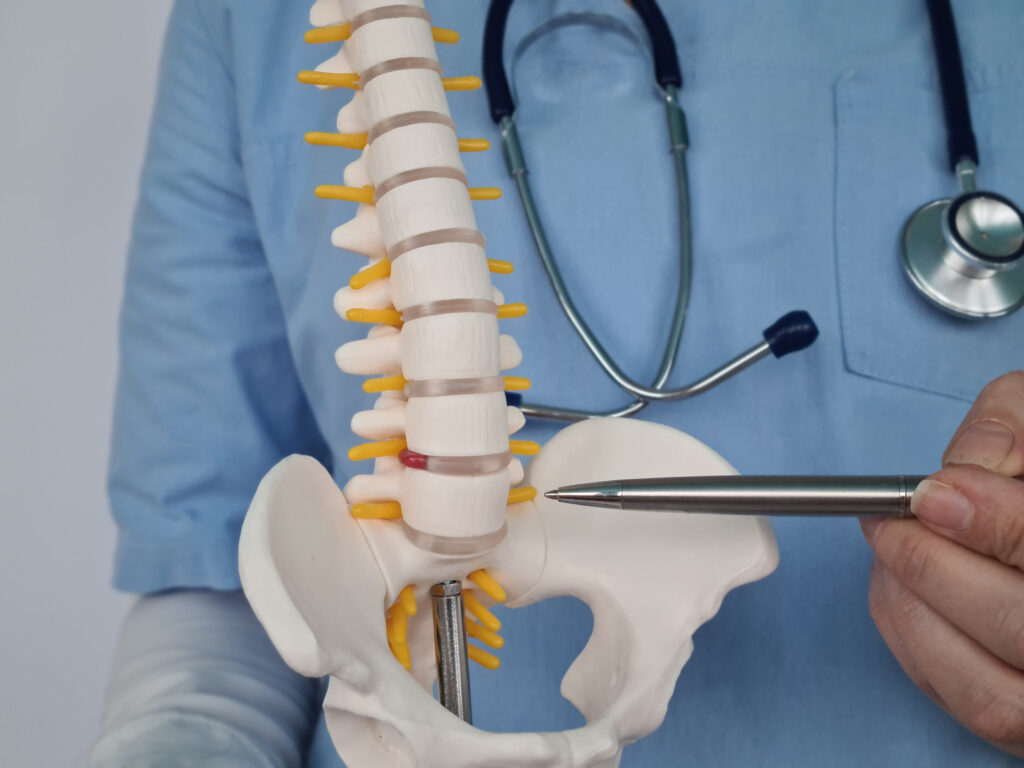Intervertebral disc (IVD) function relies on the intricate interplay between its two main components: the nucleus pulposus (NP) and the annulus fibrosus (AF). The NP is a soft, gelatinous core, exhibiting a low stiffness of 0.3-5 kPa, populated by spherical NP cells embedded in a rich polysaccharide extracellular matrix (ECM). In contrast, the AF is much stiffer, with a modulus of approximately 100 kPa, consisting of layers of elongated AF cells organized within a fibrous ECM.
As we age, IVD degeneration becomes a prevalent issue, often leading to chronic pain and potential long-term disability. The challenge in developing effective therapeutic solutions for IVD degeneration is largely due to the absence of suitable in vitro models that can accurately replicate the complex structure and biological properties of native IVD tissue.
A recent study has taken significant steps toward addressing this gap by exploring a novel suspended hydrogel bioprinting system, termed SLAM. The goal of this research was to determine whether SLAM could be utilized to create IVD analogues that integrate both structural and compositional features akin to those found in healthy native tissue.
The researchers successfully fabricated bioprinted IVD analogues that mimicked the essential structural, morphological, and biological elements of native IVD tissue. Notably, these constructs included a central, polysaccharide-rich NP surrounded by organized, aligned collagen fibers representing the AF. Through various techniques, including cell tracking and staining for actin and the matrix, the study demonstrated that the embedded NP and AF cells exhibited morphologies and phenotypes similar to those observed in vivo. Specifically, the NP cells remained spherical, while the AF cells adopted an elongated, aligned form, effectively depositing hyaluronic acid into their surrounding environment.
A particularly critical finding of the study was the identification of a defined cellular and material interface between the NP and AF regions, effectively segregating the two distinct cell types. This aspect of the constructs closely mimicked the highly regulated structure typical of native IVDs, underscoring the potential of SLAM bioprinting in advancing the field of tissue engineering and regenerative medicine.
The authors of this groundbreaking study include S R Moxon, Z McMurran, M J Kibble, M Domingos, J E Gough, and S M Richardson, all affiliated with the University of Manchester and its associated institutes. Their innovative work paves the way for future research focused on developing effective treatments for IVD degeneration, ultimately improving the quality of life for those affected by chronic disc-related pain.


